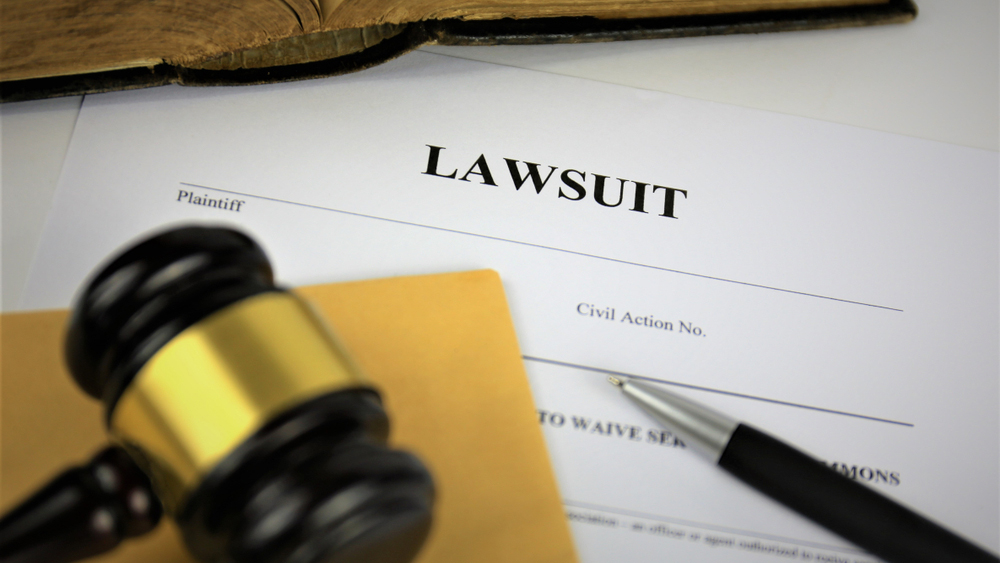
A Step-by-Step Overview
Personal injury lawsuits arise when individuals suffer harm due to the negligence or intentional actions of others. If you’ve been injured in an accident caused by someone else’s fault, understanding the process of a personal injury lawsuit is essential. This step-by-step overview will guide you through the key stages of a personal injury lawsuit, providing you with a better understanding of what to expect during your legal journey.
Step 1: Consultation with an Attorney
The first step in pursuing a personal injury lawsuit is to schedule a consultation with a qualified personal injury attorney. During this initial meeting, you will discuss the details of your case, including the circumstances surrounding the accident and your resulting injuries. The attorney will evaluate the merits of your case and advise you on the best course of action.
Step 2: Investigation and Gathering Evidence
Once you have retained an attorney, they will begin investigating your case further. This typically involves gathering evidence such as accident reports, medical records, witness statements, and any other relevant documentation. The attorney may also consult with experts, such as accident reconstruction specialists or medical professionals, to strengthen your case.
Step 3: Negotiation and Settlement Discussions
Before proceeding to trial, your attorney will engage in negotiation and settlement discussions with the opposing party or their insurance company. The goal is to reach a fair settlement that compensates you for your injuries, medical expenses, lost wages, and other damages. Your attorney will negotiate on your behalf, keeping your best interests in mind.
Step 4: Filing a Lawsuit
If a settlement cannot be reached, your attorney will file a lawsuit on your behalf. This involves preparing and filing the necessary legal documents with the court. The defendant will be served with a copy of the complaint, officially initiating the lawsuit.
Step 5: Discovery Process
During the discovery process, both parties exchange information and evidence relevant to the case. This may include written interrogatories, requests for production of documents, and depositions. The discovery phase allows each side to gather facts, assess the strength of their case, and prepare for trial.
Step 6: Pre-Trial Motions and Settlement Negotiations
Prior to trial, your attorney may file pre-trial motions to address specific legal issues or seek favorable rulings from the court. Settlement negotiations may also continue during this phase, as both parties may still seek a resolution before going to trial.
Step 7: Trial
If the case proceeds to trial, your attorney will present your case to a judge or jury. They will argue on your behalf, present evidence, call witnesses, and cross-examine the opposing party’s witnesses. The judge or jury will then decide the outcome of your case based on the presented evidence and applicable laws.
Step 8: Post-Trial Proceedings and Appeals
After a trial, there may be post-trial proceedings, such as the calculation of damages or enforcement of the court’s judgment. If either party is dissatisfied with the trial’s outcome, they may have the option to file an appeal, requesting a higher court to review the case for errors or issues that may have affected the verdict.
Conclusion
Understanding the steps involved in a personal injury lawsuit can provide you with valuable insight into the legal process. However, it’s important to remember that each case is unique, and the specifics may vary based on the circumstances and jurisdiction. To ensure the best possible outcome for your personal injury claim, consult with a skilled personal injury attorney who can guide you through the process and advocate for your rights.

